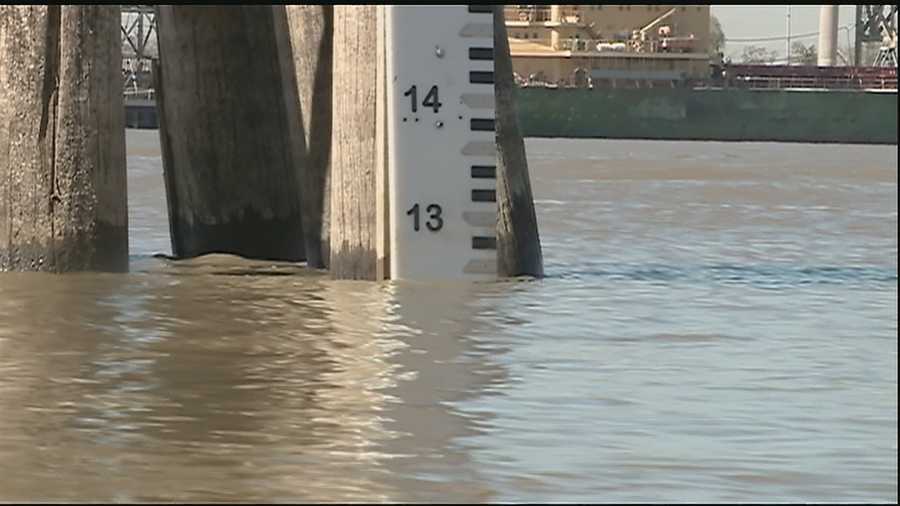U.S. Army Corps of Engineers, levee officials keep eye on rising Mississippi River
On your walk or run along the levee this week, you may have noticed that the Mississippi River waters are a little higher.
The river levels are not enough to warrant major concern, but the levels are enough to prompt some action from the U.S. Army Corps of Engineers.
Officials tell us when it comes to the river, often referred to as the Big Muddy, 11 feet is the trigger point -- a mark the Mississippi has exceeded.
The Corps of Engineers has activated Phase One flood fight procedures. It's a proactive measure taken by the Corps when the Mississippi River reaches 11 feet at the Carrollton Gauge -- and the river is forecast to continue rising. As of Tuesday afternoon, the river was just under 12.5 feet.
“What that does is that tells us it's time to get out on the levee,” said Ricky Boyett, chief of public affairs for the Corps of Engineers, New Orleans District. “It's time to start doing inspections. (It's) time to start identifying things that, maybe if the water continues to rise, could become an issue."
Think of it as a levee health check.
"We work in coordination with the Levee District up and down the river,” Boyett said. “And they're looking for things such as seepage, possible erosion (and) maybe bank stability issues that we have.”
Boyett said our area tends to see high water during the spring months with melting snowpack to our north. But occasionally we do have high water in late fall, sparked by above-average rainfall across much of the Great Plains, Midwest and Southeast.
“I'd say probably about every three years we do enter a Phase One. And it's been about five years since we've entered a significant water event around Christmas,” Boyett said.
The river is forecast to fall under 11 feet at the beginning of next week. Until then, the Corps, along with local levee authorities, will conduct levee checks twice weekly. Officials tell us there is a way residents can help.
"If they see anything, please contact us so that we can be aware and we can react. No one knows these levees as good as they do," said Boyett.


